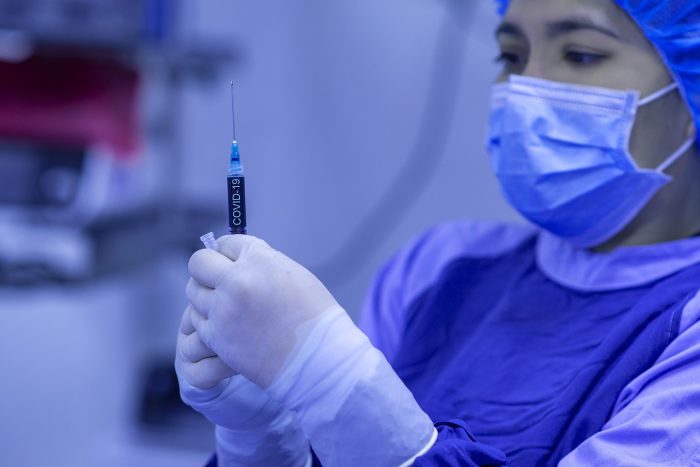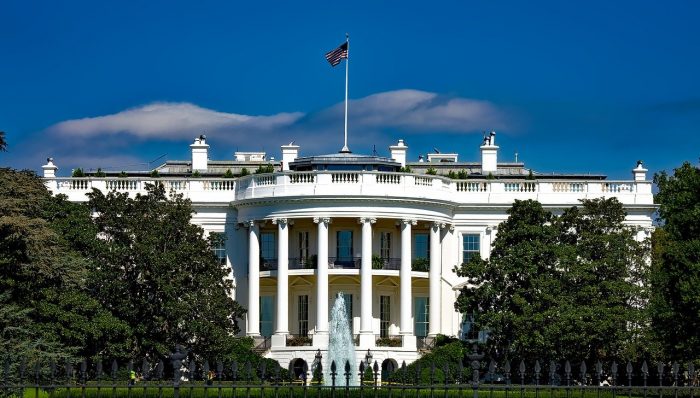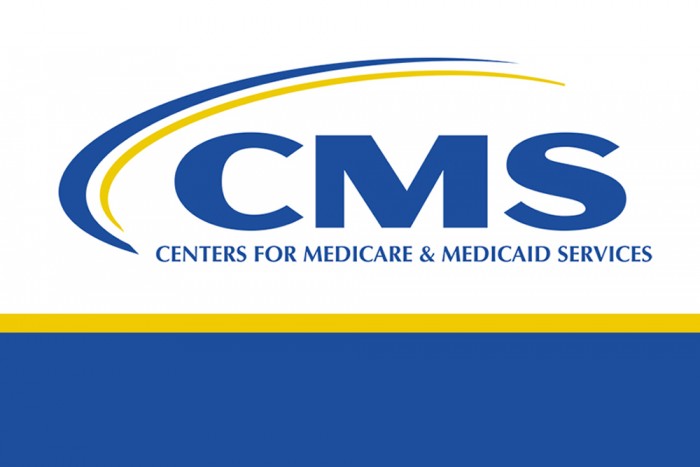ODP Announcement 22-054 is to alert all Medication Administration Trainers that important infrastructural changes to the Medication Administration Training Program will take place Wednesday, June 8, 2022, through Sunday, July 10, 2022, which will cause an outage. If you attempt to conduct a class or complete any training on the system during this outage, your work will be lost. All sites related to the Medication Administration Training Program will be unavailable.
The specific sites affected are:
The outage is scheduled to begin at 12:00 am, Wednesday, June 8, 2022. If you are able to access the course after 12:00 am that morning, please note that the system may become unavailable at any time later that morning without additional notice. That means that if you are working in the system after this date and time, the system could suddenly become unavailable and your work would be lost. Please do not access the system after the scheduled outage period begins.
* Please visit on one of the following links for updates on and during this outage:
After the outage has concluded, you will be able to use the above links to learn how to access the updated sites. If the outage ends sooner than Sunday, July 10, 2022, notice will be provided at the above-mentioned sites. ODP apologizes for the inconvenience.

















